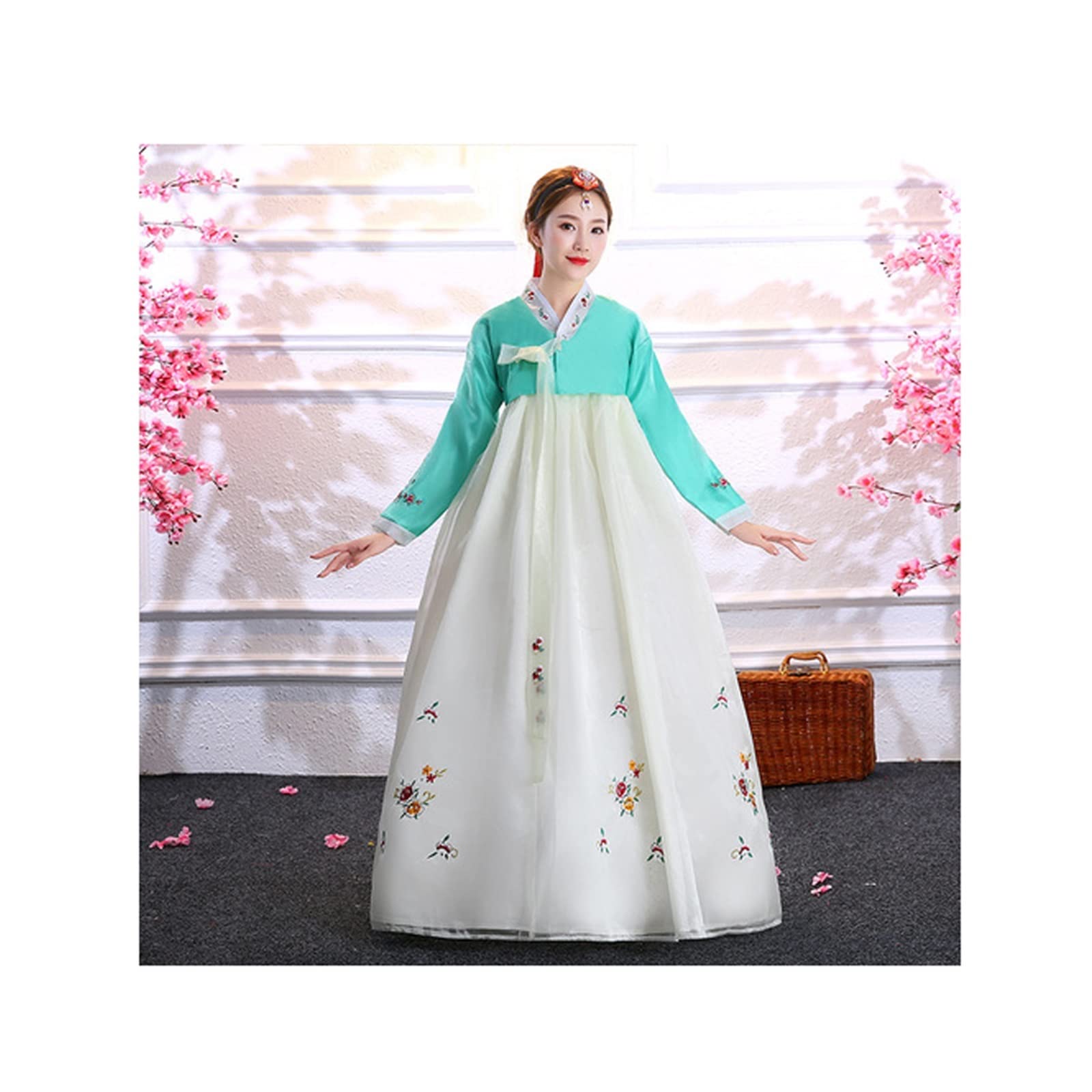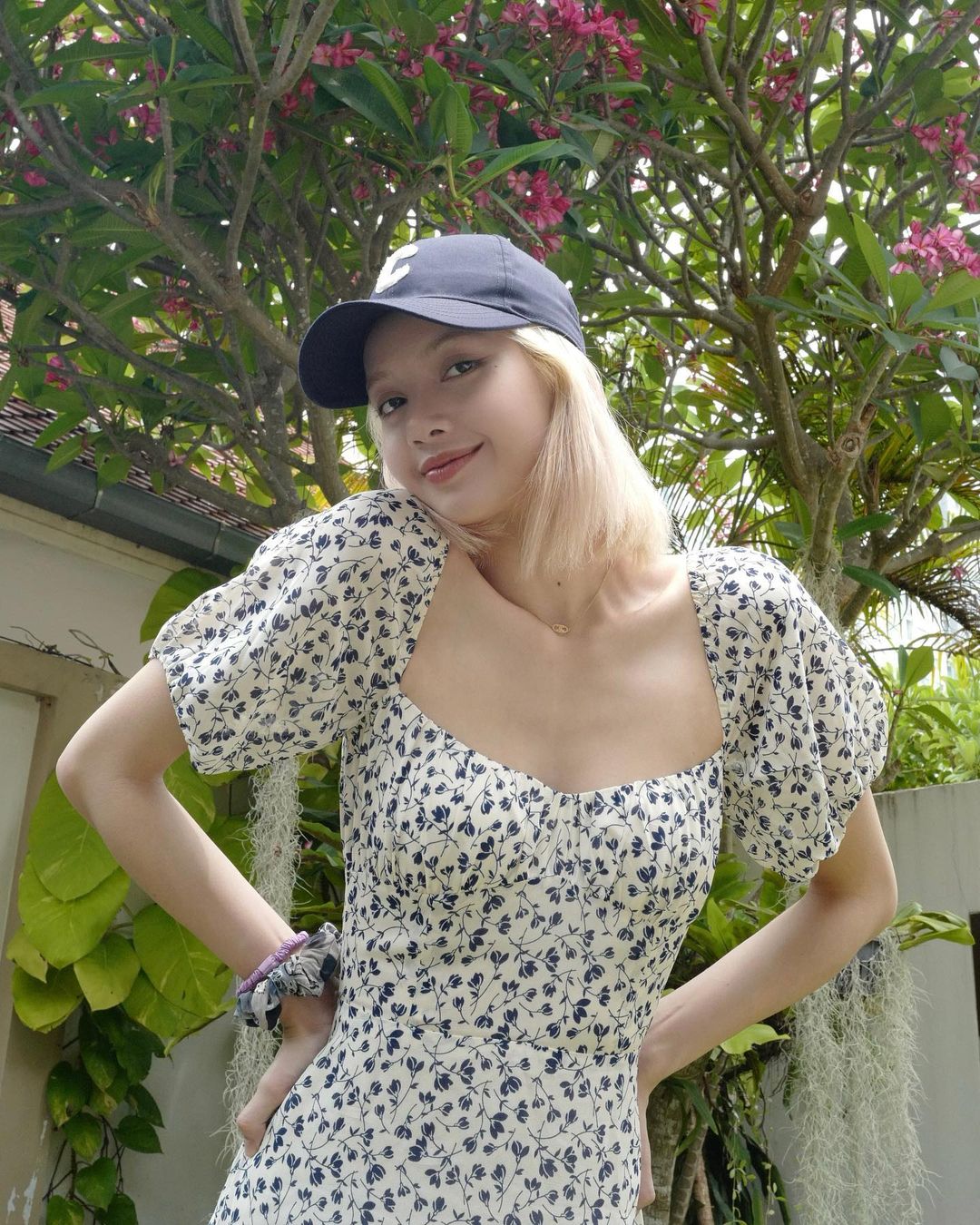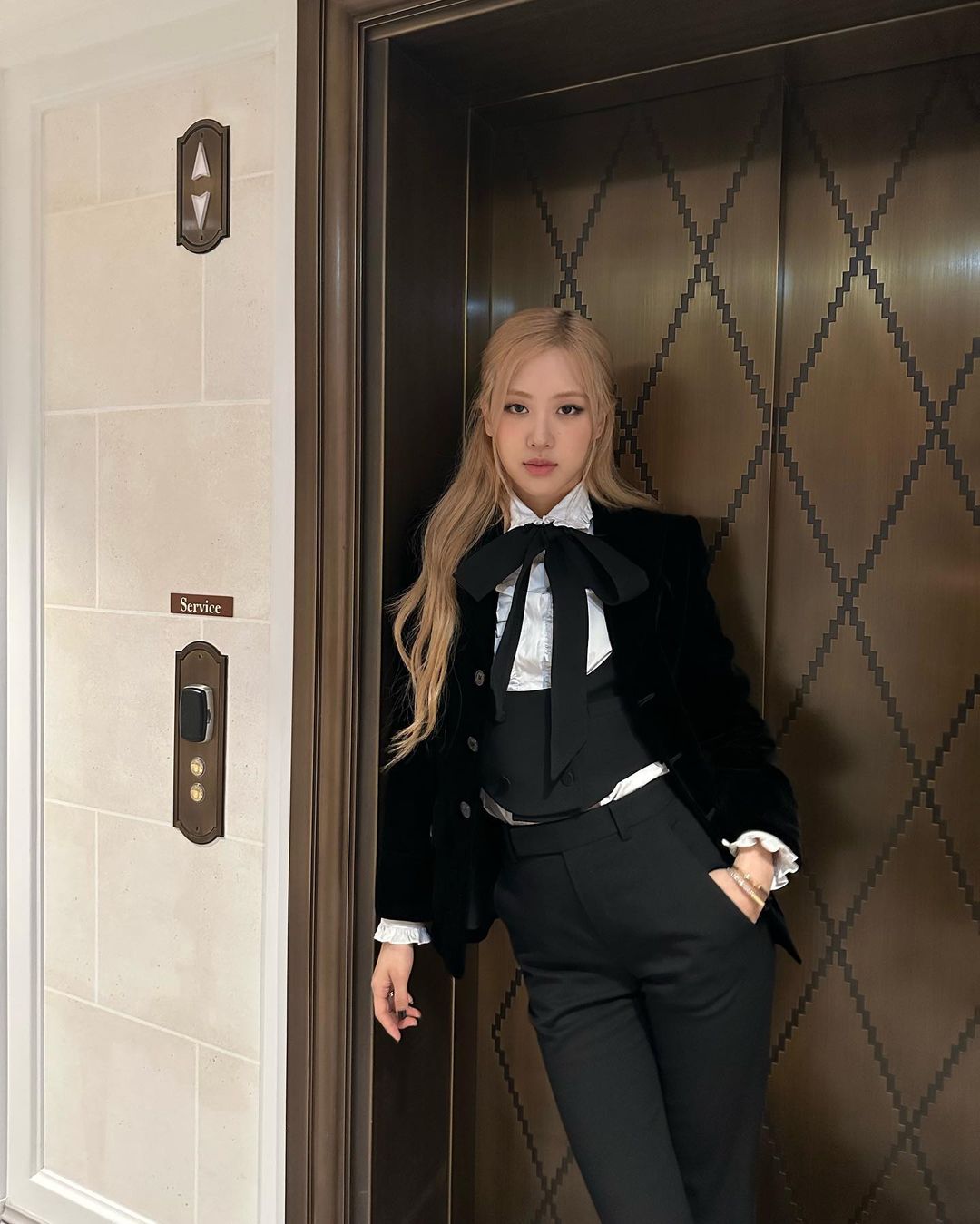Introduction
Korean dress fashion is a captivating blend of traditional elegance and contemporary trends, seamlessly intertwining centuries-old heritage with cutting-edge style. From the graceful lines of hanboks to the innovative designs of Seoul’s bustling fashion districts, Korean dress fashion continues to captivate audiences worldwide with its unique fusion of past and present.

Roots in Tradition:
At the heart of Korean fashion lies a deep reverence for tradition and heritage. The hanbok, Korea’s traditional attire, serves as a cornerstone of Korean fashion, with its timeless elegance and intricate craftsmanship. Hanboks, characterized by their vibrant colors, graceful silhouettes, and ornate embroidery, are often worn on special occasions such as weddings, celebrations, and cultural events.
Modern Interpretations:
While the hanbok remains a symbol of Korea’s rich cultural heritage, modern interpretations of traditional elements have found their way into contemporary fashion. Designers seamlessly blend traditional motifs, fabrics, and techniques with modern silhouettes and aesthetics, creating a unique fusion of old and new. From hanbok-inspired dresses to modernized hanbok jackets, these pieces pay homage to Korea’s cultural legacy while catering to the demands of today’s fashion-forward consumers.
Seoul: A Global Fashion Capital:
As the epicenter of Korean fashion, Seoul pulsates with creativity, innovation, and style. From the bustling streets of Myeongdong to the trendy boutiques of Gangnam, Seoul’s fashion districts offer a diverse array of styles, influences, and aesthetics. Here, fashion enthusiasts can explore a vibrant tapestry of emerging designers, established brands, and cutting-edge street style, each contributing to Seoul’s reputation as a global fashion capital.
Korean Wave:
The global phenomenon known as the “Korean Wave” or “Hallyu” has played a pivotal role in elevating Korean fashion onto the international stage. K-pop stars, Korean dramas, and celebrities have become influential trendsetters, showcasing Korean fashion to a global audience and sparking interest in Korean culture and style. As a result, Korean fashion brands, designers, and trends have gained widespread popularity and recognition worldwide, further cementing Korea’s position as a key player in the global fashion industry.
Innovation and Experimentation:
Korean fashion is characterized by its fearless innovation and experimentation, with designers pushing the boundaries of creativity and reinventing traditional concepts in bold, unexpected ways. From avant-garde runway shows to experimental street style, Korean designers continue to challenge conventions, redefine norms, and inspire the next generation of fashion enthusiasts.
Cultural Influences:
Beyond its traditional roots, Korean fashion draws inspiration from a rich tapestry of cultural influences, including art, music, literature, and history. From traditional Korean motifs such as the auspicious crane and plum blossom to modern interpretations of Korean pop culture icons, these diverse influences converge to create a dynamic and eclectic fashion landscape that reflects Korea’s multifaceted identity.
Sustainability and Ethical Practices:
In recent years, there has been a growing emphasis on sustainability and ethical practices within the Korean fashion industry. Designers and brands are increasingly prioritizing eco-friendly materials, ethical production methods, and fair labor practices, reflecting a broader global shift towards conscious consumerism and responsible fashion.

Evolution of Korean Fashion:
Over the decades, Korean fashion has undergone a remarkable evolution, shaped by historical events, cultural shifts, and global influences. In the post-war era, Korea experienced rapid industrialization and urbanization, leading to significant changes in lifestyle, values, and fashion preferences. Westernization and globalization played a pivotal role in shaping Korean fashion, as Western styles and trends became increasingly prevalent in Korean society.
1960s-1980s:
During the 1960s and 1970s, Korea underwent a period of economic growth and social change, marked by the rise of youth culture and the emergence of fashion subcultures. Western-inspired styles such as mini skirts, bell-bottoms, and platform shoes gained popularity among young Koreans, reflecting a desire for modernity and individual expression.
In the 1980s, Korea experienced a cultural renaissance known as the “Korean New Wave,” characterized by a renewed interest in traditional culture, art, and fashion. This revival of interest in Korean heritage paved the way for a resurgence of traditional fashion elements in contemporary clothing designs.
1990s-2000s:
The 1990s saw the rise of Korean street fashion, influenced by hip-hop culture, urban lifestyle, and global fashion trends. Streetwear brands like NIX and 8Seconds gained popularity, catering to a younger demographic with their edgy designs and casual aesthetic. Meanwhile, Korean designers such as Lie Sang Bong and Jung Kuho began gaining recognition on the international stage, showcasing Korean fashion’s growing influence and appeal.
In the 2000s, Korean fashion experienced a boom fueled by the rise of K-pop and Korean dramas, which propelled Korean celebrities and their fashion choices into the spotlight. The “Korean Wave” phenomenon led to increased global interest in Korean fashion, with fans around the world eager to emulate the styles of their favorite K-pop idols and drama stars.

Contemporary Korean Fashion:
Today, Korean fashion continues to evolve and innovate, driven by a dynamic mix of tradition, modernity, and global influences. Korean designers are renowned for their bold experimentation, innovative techniques, and avant-garde aesthetics, pushing the boundaries of fashion and challenging conventional norms.
Korean street style remains a vibrant and influential force, with fashion-forward youth showcasing their creativity and individuality through eclectic outfits and bold accessories. Streetwear brands like Ader Error, Blindness, and KYE have gained international acclaim for their innovative designs and distinctive aesthetic, blurring the lines between high fashion and street culture.
Moreover, Korea’s fashion industry has embraced diversity and inclusivity, with designers and brands increasingly showcasing diverse models of different ages, sizes, and backgrounds. This commitment to representation and inclusivity reflects a broader shift towards a more inclusive and socially conscious fashion industry.
Looking Ahead:
As Korea’s fashion scene continues to evolve and expand, the future of Korean fashion looks brighter than ever. With a rich tapestry of tradition, innovation, and creativity, Korean fashion is poised to make an even greater impact on the global stage, inspiring fashion enthusiasts and trendsetters around the world with its unique blend of timeless elegance and contemporary flair.

In conclusion
Korean dress fashion transcends mere clothing; it is a reflection of Korea’s rich cultural heritage, dynamic creativity, and unwavering commitment to innovation. From the timeless elegance of hanboks to the cutting-edge designs of Seoul’s fashion scene, Korean dress fashion continues to captivate and inspire, bridging the gap between tradition and modernity with effortless grace and style.

